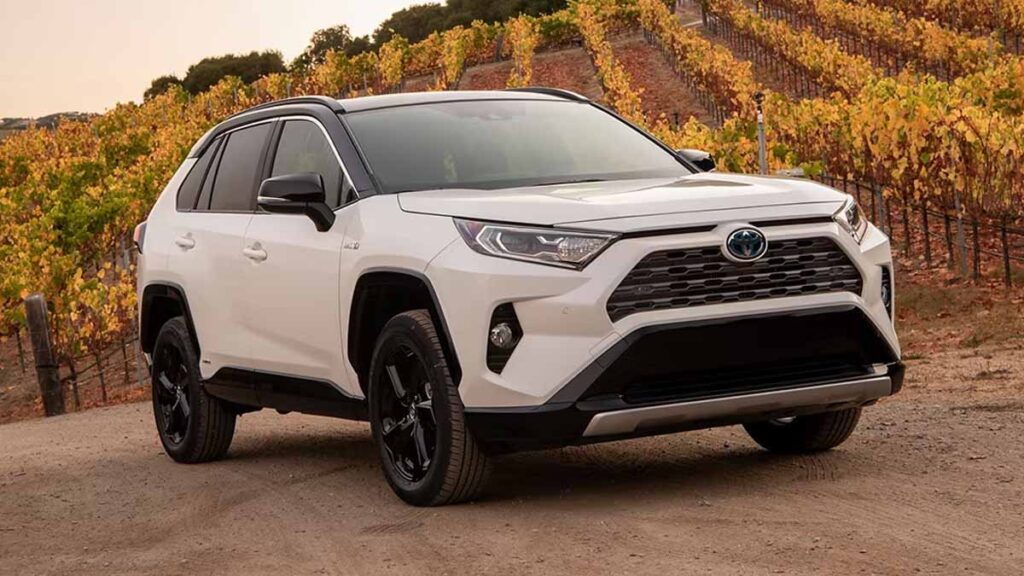Toyota, the renowned Japanese automotive company, is reportedly poised to use BYD’s plug-in hybrid DM-i platform, the world’s largest NEV (New Energy Vehicle) manufacturer. This strategic move aims to diversify Toyota’s PHEV (Plug-in Hybrid Electric Vehicle) lineup to better compete in China’s NEV market. NEVs encompass vehicles like BEVs, PHEVs and EREVs, but exclude traditional HEVs, which rely solely on gasoline and cannot be charged separately.
Toyota will transition away from its THS (Toyota Hybrid System) platform, typically found in HEV models, for its upcoming vehicles in the Chinese market. While Toyota and BYD have yet to officially confirm these plans, sources within Toyota, as reported by Chinese automotive news portal Caijing, indicate a shift towards implementing DM-i technology. If realized, Toyota aims to refine and customize the platform to distinguish the driving experience of their models from those of BYD’s utilizing the same platform.
BYD is gearing up to introduce its 5th generation DM (Dual Model) platform. This upgrade is expected to have impressive capabilities, with models capable of traveling up to 2,000 kilometers on a single charge and consuming just 2.9 liters of fuel per 100 kilometers (equivalent to up to 35 kilometers per liter). The DM platform comprises two main versions: DM-i, emphasizing smart and efficient performance with low consumption and DM-p, catering to vehicles with all-wheel drive (AWD) or intended for off-road use.
In recent years, Toyota has increasingly leaned on BYD technology, culminating in the establishment of a joint venture called BYD Toyota Electric Vehicle Technology in 2021, with equal ownership by both companies. Toyota’s second all-electric vehicle, the bZ3 sedan, co-engineered with BYD, showcased the collaboration, featuring BYD-provided LFP Blade battery packs, electric motor and various in-car technologies.
Last month at the Beijing Auto Show, Toyota’s Chief Technology Officer (CTO) Hiroki Nakajima stated that the company will start making more plug-in hybrid vehicles. To counter its rapidly declining sales in China (both bZ4X and bZ3 EVs along with Toyota’s ICE models are suffering from an unstoppable decline), the Japanese automaker intends to use PHEV as a powerful starting point to compete in China’s fiercely competitive NEV market. More information is expected to surface when Toyota holds its electrification technology conference in Japan towards the end of this month. Stay tuned!
